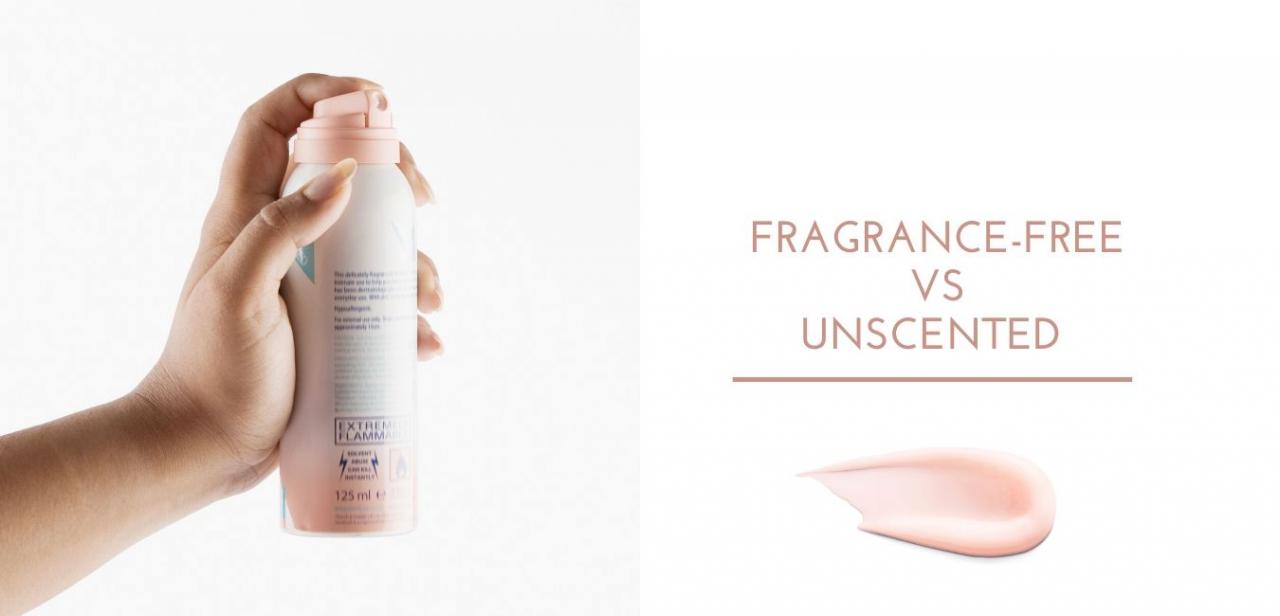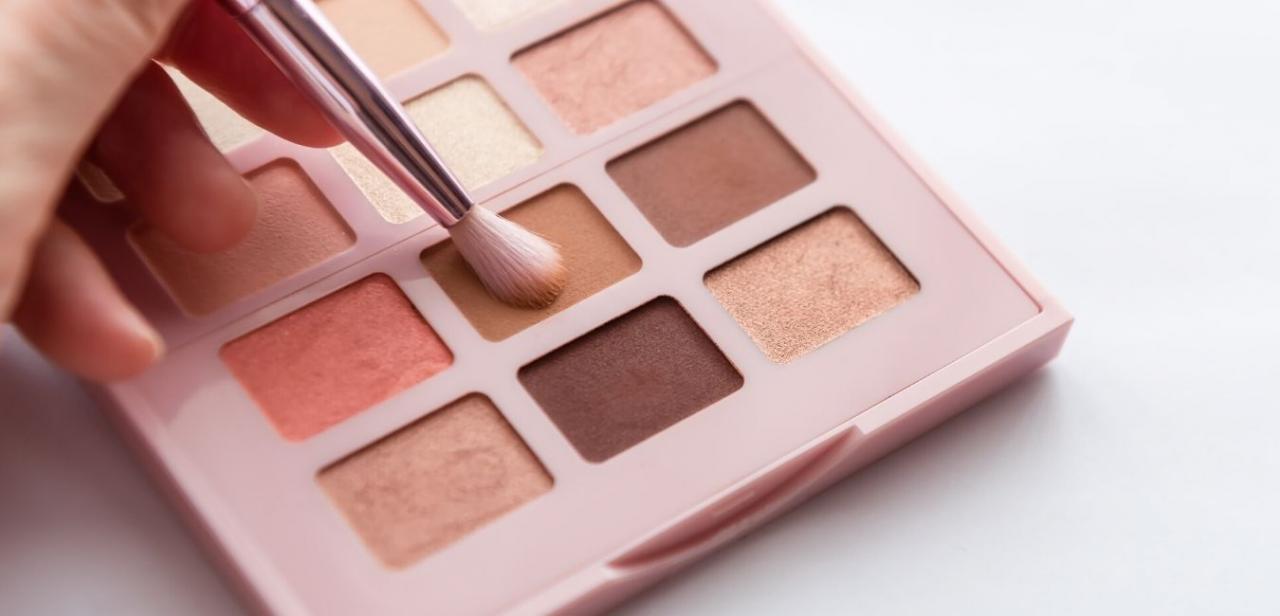 Photo: Getty Images
Photo: Getty Images
Recently, I saw Dr. Isadore Rosenfeld's report on Fox News Housecalls that some people get a rash on their face and ears from using cell phones. The culprit, according to Rosenfeld, is the nickel metal used in the cell phone case.
Nickel is one of our most commonly used metals, and the most common allergen identified in patients who have patch tests for allergic dermatitis. An article from the Southern California Permanente Medical Group reports that up to 35.8 percent of patients who get the patch test show a reaction to nickel. Females and young people under age 18 have the highest rates. Jewelry, bra hooks, zippers, scissors, keys, paper clips, and many other everyday metal objects are potential problems because they can be made with nickel alloys.
Cell phone allergy was reported in a 39-year-old man in the February 2010 issue of Australasian Journal of Dermatology. The patient had a rash on his face that did not respond to treatment. He used his phone regularly, so his doctors tried a patch test for nickel allergy. The test confirmed their suspicions that nickel in the cell phone case was responsible for the rash. The authors note that cell phone allergy is rarely reported, but may be on the rise because of increased use of metal phone casings and sensitization from various nickel exposures.
Ear piercing has been identified as an important source of nickel hypersensitivity. Generally the allergic reaction appears several days after the first exposure to nickel. Since females have higher rates of ear piercing than males, this is one explanation for the gender difference in nickel allergies. Once an individual has been sensitized, it is generally necessary to avoid nickel contact for life.
Rosenfeld recommends nickel test kits for anyone who suspects cell phone allergy. These test kits are widely available at drug stores and online. They show the presence of nickel in a metal object by a change in color of the test solution. The patch test for nickel allergy is available from dermatologists.
References:
1. Lu LK et al, “Prevention of nickel allergy: the case for regulation?” Dermatol Clin. 2009 Apr; 27(2): 155-61.
2. Roberts H et al, “Nickel allergy presenting as mobile phone contact dermatitis”, Australas J Dermatol. 2010 Feb; 51(1): 23-5.
3. Brandao MH et al, “Ear piercing as a risk factor for contact allergy to nickel”, J Pediatr (Rio J). 2010 Mar-Apr; 86(2): 149-54.
4. More information online:
http://www.aocd.org/skin/dermatologic_diseases/nickel_allergy.html
Linda Fugate is a scientist and writer in Austin, Texas. She has a Ph.D. in Physics and an M.S. in Macromolecular Science and Engineering. Her background includes academic and industrial research in materials science. She currently writes song lyrics and health articles.






Add a CommentComments
There are no comments yet. Be the first one and get the conversation started!